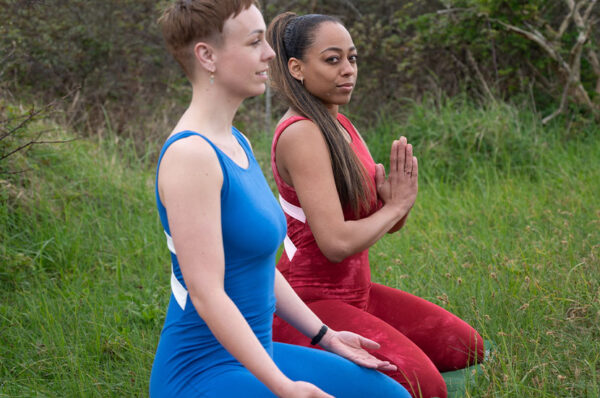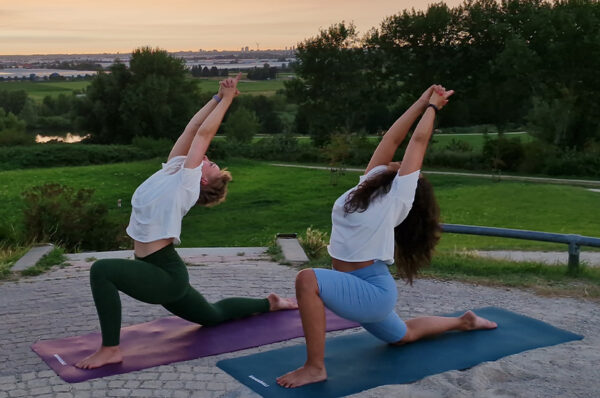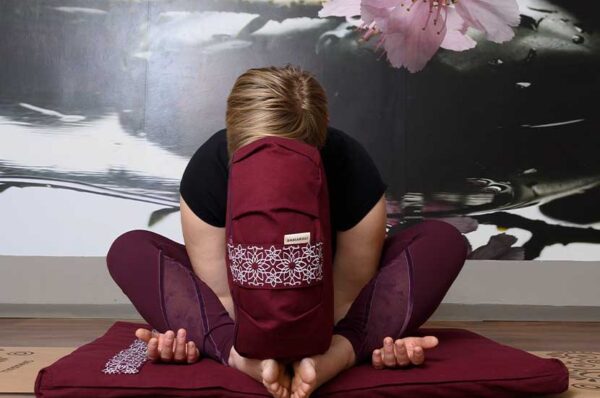The Promise For The New Year
– Guest blog post by Marianna –
A new year always brings some sort of freshness, hope for new beginnings, and changes. We convince ourselves this will be the year we will stop or start doing something, we will find more time for ourselves or our loved ones.
We will be different, better.
These two words: “I will” summon our willpower to change what we do and who we are, to be more happy and satisfied.
But the resolutions and goals we set to spring from our ego, and they start from the assumption that who we are is not good enough. That by only getting what we want, happiness will follow.
I failed to stick to my resolutions many times, and I bet I am not the only one.
Can we change this… and if so: how?
Once again, the Yoga tradition offers the solution: the practice of Sankalpa.
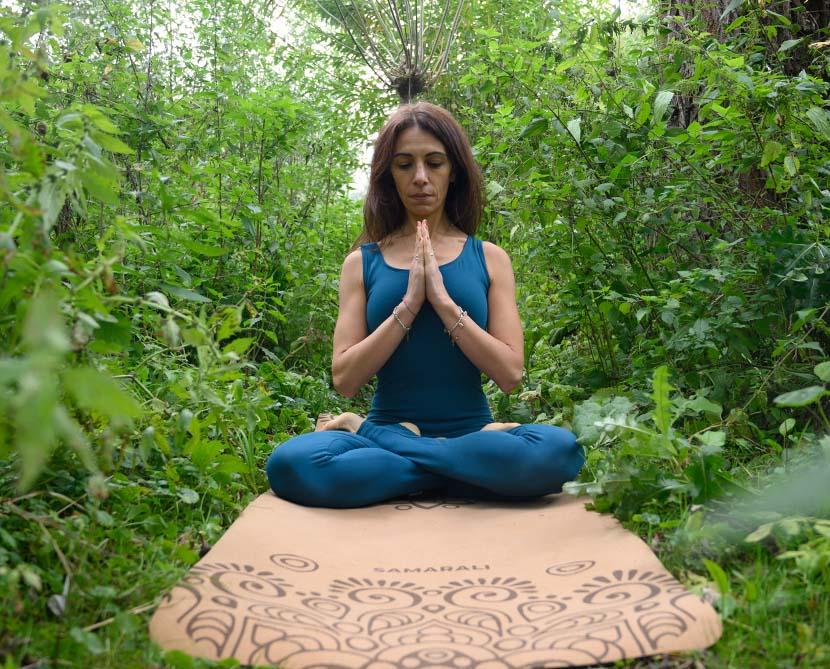

What Sankalpa Is
Kalpa means vow, or “the rule to be followed above all other rules”, and San means a connection with our highest truth.
A Sankalpa is a positive declaration or affirmation, a promise that we make to support our highest truth, and a reminder of our true nature and guide of our choices.
The premise is that we already are who we need to be to fulfill our life’s dharma. All we need to do is focus our mind, connect to our most heartfelt desires, and channel the divine energy within.
2 Types Of Sankalpa
We can identify two types of Sankalpa.
We have the statement that defines our true nature, who we are, such as “I am already whole, and already healed,” or “I am peace itself.”
Once we have discovered our purpose, we need to set intentions and move steps in the direction of that realization.
We need to ask ourselves what specific things need to happen to move forward on our path.
Our specific Sankalpa will describe what we need to do, and where we need to direct our energy to make progress on our larger life goals.
How To Set A Sankalpa
Stating your Sankalpa in the present tense helps to embody your intention right here and now.
The future tense is indicative of one day, but not today. And the present tense also reminds you that whatever is required of you is already within you.

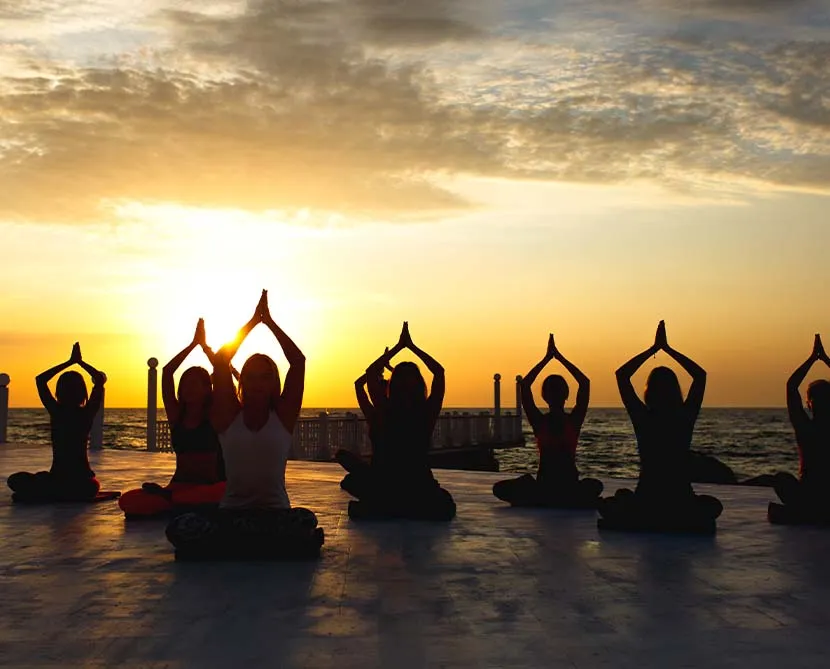
For example, rather than saying, “I will not eat meat,” your specific Sankalpa might be, “With compassion for my body and other beings, I follow a vegetarian diet.”
One of the most powerful practices for planting the seed of Sankalpa is yoga Nidra.
Yoga Nidra systematically relaxes the body and mind and guides you into deep awareness. You are aware and awake, but you experience a disidentification from the body and mind.
In this way, the confusion between Prakriti and Purusha dissolves, and you come to rest in the peace, wisdom, and love of your true nature.
Our self-imposed limitations dissolve, and we are pure beings. Sankalpa is alive and true at that moment.
How To Support Your Sankalpa
Once we have set our resolve, we need to act to sustain and strengthen it.
Every choice we make either supports or undermines our Sankalpa.
There are moments of impulse when we say “screw it” to awareness and intention, and in these very moments, we need to bring our Sankalpa to mind.
In the space between the impulse to act and reciting your Sankalpa, it’s important to pause and invite the mind to settle into a state of oneness.
Enjoy a few mindful breaths, and find the pause between the breaths.


Even the moments when you forget your intention can be transformed into support for your Sankalpa.
Anne Douglas, a yoga therapist in Alberta, suggests: “Go back in time to a point where you lost it. Go back to that sensory feeling of compulsion, reimagine it, and recreate the moment.
Imagine not giving in to the habit once you’re fully in that feeling. Pull up the power of your Sankalpa, and let yourself feel the heartfelt desire in your whole body. Then go back to remembering the feeling of compulsion. Surf back and forth, making the feeling of the heartfelt desire stronger each time.”
These missteps are simply “moving away from yourself.” Once you have realized you moved away from yourself, imagine how you could have responded.
What might you have thought, said, and done that would be more consistent with your resolve? See it and feel it as if you had actually done it.
The practice of Sankalpa may seem contradictory. If we need to acknowledge that we are already perfect and whole, why do we need to identify what we want?
According to the nondual teachings, we are both being and becoming. There is the part of us, that is transcendent, that doesn’t need anything.
But we also have that part that comes into life with a purpose and a destiny and is always becoming.
We need to walk the two paths simultaneously, but our nature stays unchanged whether we achieve our goals or not.
About the author: Marianna has been practicing Yoga for more than eight years, and in 2020
she completed the 200h Yoga Teacher Training in Vinyasa at YogaMoves in Utrecht.
She is passionate about sharing Yoga with others, living more sustainably,
and traveling. Here is her INSTAGRAM page.



